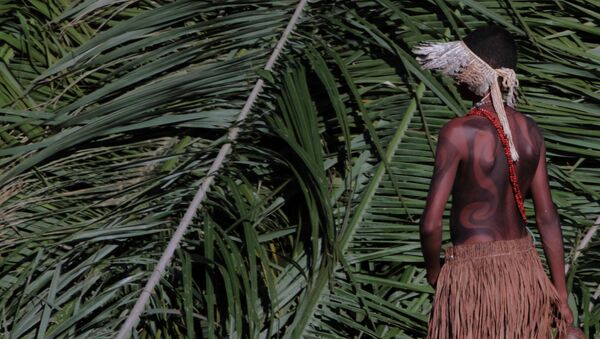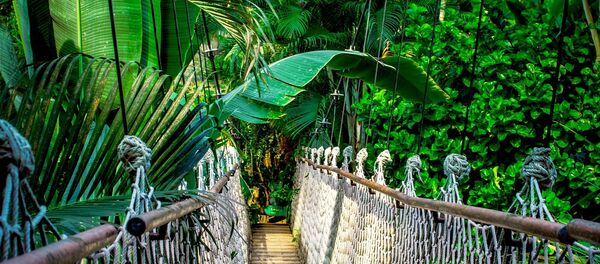It all started when traces of about a million people were discovered in the area of the Upper Tapajós River, Mato Grosso. This debunks the obsolete theory that the Amazonian forests were sparsely inhabited in pre-Colombian era. In an exclusive interview to Sputnik Brazil, Jonas Gregório de Souza, archaeologist leader of the expedition, confirmed that the Amazonian forests were most probably densely-populated even before the Europeans arrived.
“We’ve got ample evidence that before the arrival of the European settlers human populations of the Amazon region were much larger and much more complex than what we can see throughout recorded history. The main problem is to find out where these populations were centered,” the researcher says.
The expedition started with analyzing an archaeological finding discovered by other researchers in the areas of modern Acre, Brazil; the Upper Xingu region and in northeast Mato Grosso, Brazil. Satellite images of these areas have also been considered. When the preliminary investigation was completed, the scientisis visited the areas themselves.
“Considering that apart from some similarities between the eastern and western archaeological sites, there was also a gap between them, so we decided to visit the area to test the hypothesis of the existence of similar areas. That would demonstrate that the area south of the Amazon region had been densely populated even before the Europeans arrived there. This is what inspired our investigation,” Jonas Gregório de Souza explained.
The archaeologist told Sputnik about the most impressive location: “One of the locations we’ve visited is encircled by a very deep 400-meter moat, then there’s an earth bank with a walled road going through it. That road is about 1.5 km long. Inside the location we saw a system of platforms — these are some round earth banks — which were probably used to live on in ancient times. These remind us of Indian villages.”
According to the researchers, this area could have been inhabited by between 1,400 and 1,500 people, about 40 years before the arrival of the first settlers.
“I’d like to intensify our excavation efforts and to learn the history of the construction of the settlement. To see whether it had been built in one go, or if the construction process was gradual and took several centuries. I would also like to know whether the area was multicultural,” Jonas Gregório de Souza shares his hopes.



